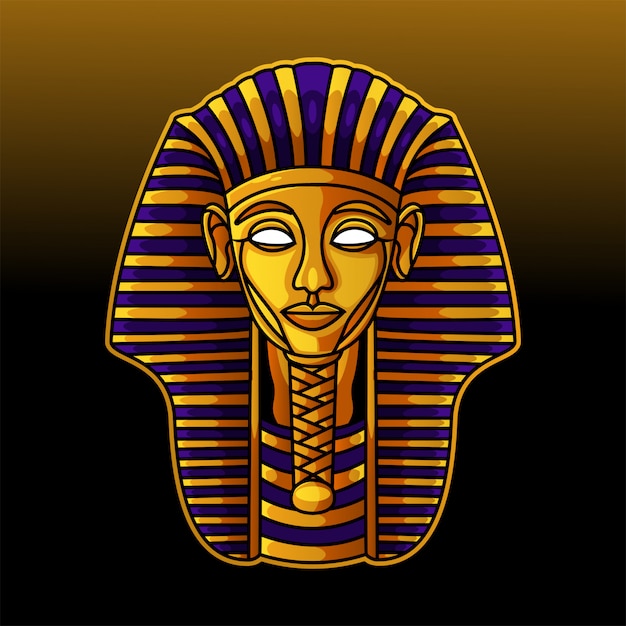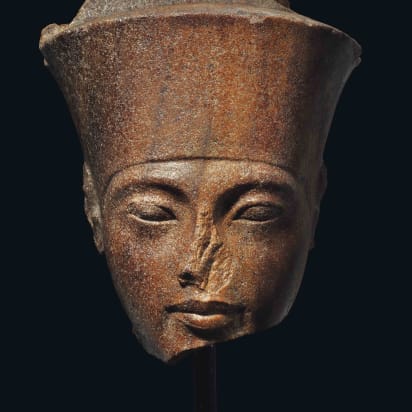

I am trying to publish photos from all possible areas.
#PHARAOH HEAD FOR FREE#
My name is Martin Vorel and you can download my photos for free use.
#PHARAOH HEAD LICENSE#
Photos are free for download even for commercial use with CC0 - Public Domain license & Royalty free. Published: February 9, 2017ĮXIF data: Aperture: ƒ/2.5, Camera: XZ-2, Focal length: 24mm, ISO: 100, Shutter speed: 1/2s, Please respect the personal rights and trademarks, if there are people and brands on the photo. For more information, visit the Smithsonian's Terms of Use page.This photo is free for commercial use. There are restrictions for re-using this image.

276.Ĭollection Area(s) Ancient Egyptian Art Web Resources Google Cultural Institute SI Usage Statement A Second Style in Egyptian Art in the Old Kingdom. Standing Royal Colossi of the Middle Kingdom Reused by Ramesses II. Many consider Akhenaten as one of the worlds’ greatest and most influential religious innovators. He was the father of Tutankhamun, one of the most famous Ancient Egyptian Pharaohs. A Collector's Journey: Charles Lang Freer and Egypt. Akhenaten, who was known before the fifth year of his reign as Amenhotep IV was a Pharaoh of the Eighteenth dynasty of Egypt who ruled for 17 years. Egyptian Art in the Days of the Pharoahs, 3100 - 320 BC. Great Pendant For Someone Wanting To Remember Their Vaction To Egypt To. Thames and Hudson World of Art London and Washington, 2010. 8mm Wide Box Chain Necklace With Pharaoh Head-Pendant.

Ideals of Beauty: Asian and American Art in the Freer and Sackler Galleries.Our Widening World: A History of the World's People. Beitrage zur Agyptischen Bauforschung und Altertumskunde: Das Sonnenheiligtum des Konigs Userkaf. Few royal statues survive from these dynasties, making this head a rare example of Egyptian royal portraiture produced toward the end of the Old Kingdom (2675-2130 B.C.E.) Details of the crown and face suggest that this statue was carved in Dynasty 5 or 6, the period following the building of the Great Pyramids at Giza (ca. The original statue probably provided further clues to the figure's identity, perhaps including a hieroglyphic inscription naming the pharaoh.

Sculptors sought to convey the pharaoh's divine character, while also experimenting with realistic portrayals of the human face and body.ĭisplayed in a museum case, this head resembles isolated portrait heads familiar in Western art-tempting us to think of it as a finished object. In ancient Egypt, such statues were placed in tombs to serve as eternal images of the deceased. Broken at the neck, the head originally belonged to a full, probably standing, statue. Whose portrait is this? The headgear and moustache identify the figure as an Egyptian pharaoh the tall crown with the rounded top, known as the White Crown, signified rule over southern Egypt. The right eye-ball is carved of fine marl, originally held in place by a copper hand, of which two small fragments (completely oxidized) remain. Recent bruises on the left cheek and the crown.) Diorite. Head of a pharaoh (beard and one eye-ball missing ear chipped tip of crown broken off and replaced. Also see Freer Gallery of Art Purchase List file, Collections Management Office. Freer Gallery of Art, purchased from Marguerite Mallon, Paris in 1938


 0 kommentar(er)
0 kommentar(er)
